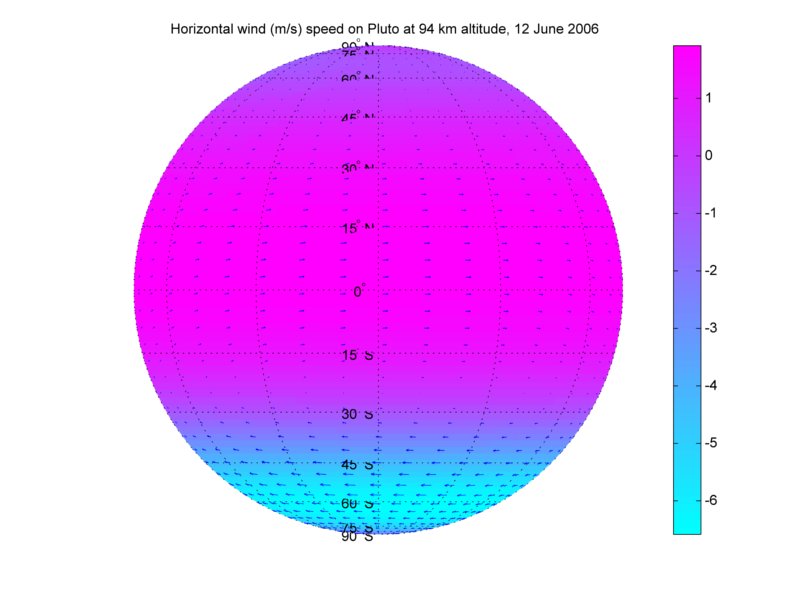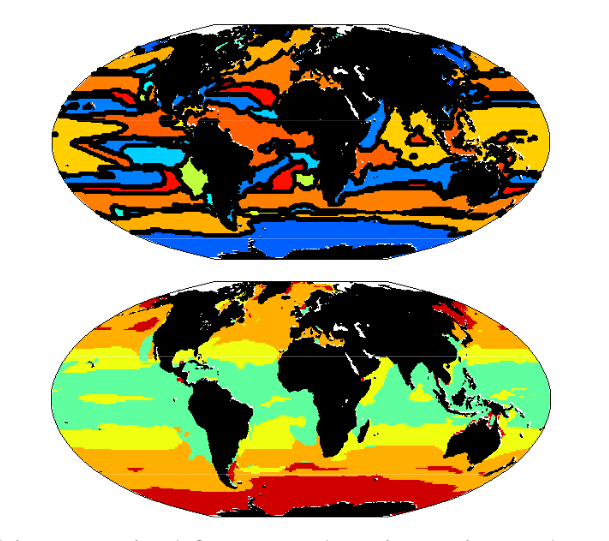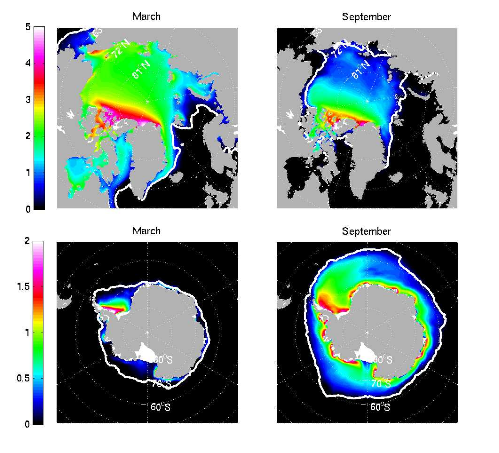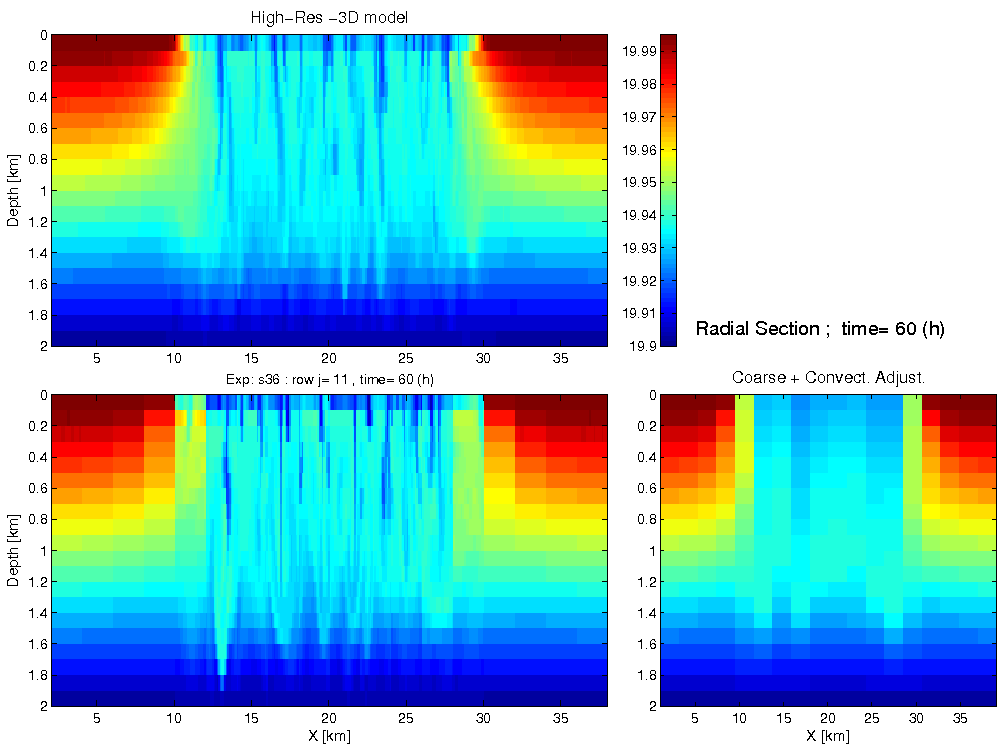Better Biogeochemical Modeling
 New global-ocean, data-constrained DIC budget uses the ECCO-Darwin ocean biogeochemistry state estimate.
New global-ocean, data-constrained DIC budget uses the ECCO-Darwin ocean biogeochemistry state estimate.
Forecasting the Weather on Pluto
 Angela Zalucha has always had a passion for weather but tantalized by the meteorology of other planetary bodies she uses MITgcm to explore the exotic atmospheres of our neighbours in the solar system and beyond, among them the recently re-defined “plutoid” Pluto.
Angela Zalucha has always had a passion for weather but tantalized by the meteorology of other planetary bodies she uses MITgcm to explore the exotic atmospheres of our neighbours in the solar system and beyond, among them the recently re-defined “plutoid” Pluto.
MITjcm
 This month we look at work by Yohai Kaspi (a NOAA Climate and Global Change postdoctoral fellow currently working with Tapio Schneider at Caltech) who has been using MITgcm to model the atmosphere on a Jupiter-like gas giant…
This month we look at work by Yohai Kaspi (a NOAA Climate and Global Change postdoctoral fellow currently working with Tapio Schneider at Caltech) who has been using MITgcm to model the atmosphere on a Jupiter-like gas giant…
Ecological Control of Subtropical Nutrient Concentrations

In this article we spotlight recent work by Darwin Project team members Stephanie Dutkiewicz, Mick Follows and Jason Bragg, who have been examining the utility of resource control theory to interpret the relationships between organisms and resources in a global coupled physical-biogeochemistry-ecosystem model built around MITgcm…
Sea Ice
 Work by Martin Losch of the Alfred-Wegener-Institute, Bremerhaven, Germany, Jean Michel Campin, Patrick Heimbach, Chris Hill (at MIT) and Dimitris Menemenlis (JPL) extending the reach of the MITgcm in to the Polar oceans, with the development of a dynamic-thermodynamic sea-ice model and its adjoint…
Work by Martin Losch of the Alfred-Wegener-Institute, Bremerhaven, Germany, Jean Michel Campin, Patrick Heimbach, Chris Hill (at MIT) and Dimitris Menemenlis (JPL) extending the reach of the MITgcm in to the Polar oceans, with the development of a dynamic-thermodynamic sea-ice model and its adjoint…
PRM
 Work by Jean-Michel Campin, Chris Hill, Helen Jones and John Marshall at MIT using the MITgcm to exploit a multi scale superparameterization approach to increase efficiency in modeling oceanic deep convection (ODC)…
Work by Jean-Michel Campin, Chris Hill, Helen Jones and John Marshall at MIT using the MITgcm to exploit a multi scale superparameterization approach to increase efficiency in modeling oceanic deep convection (ODC)…
Adjoint Advances
Adjoint Advances story by Helen Hill Two MITgcm adjoint activities are (i) the development of an open-source, extensible automatic differentiation tool, OpenAD and (ii) the configuration of an ~18km resolution global ocean and sea-ice experiment as part of the ECCO2 project.
